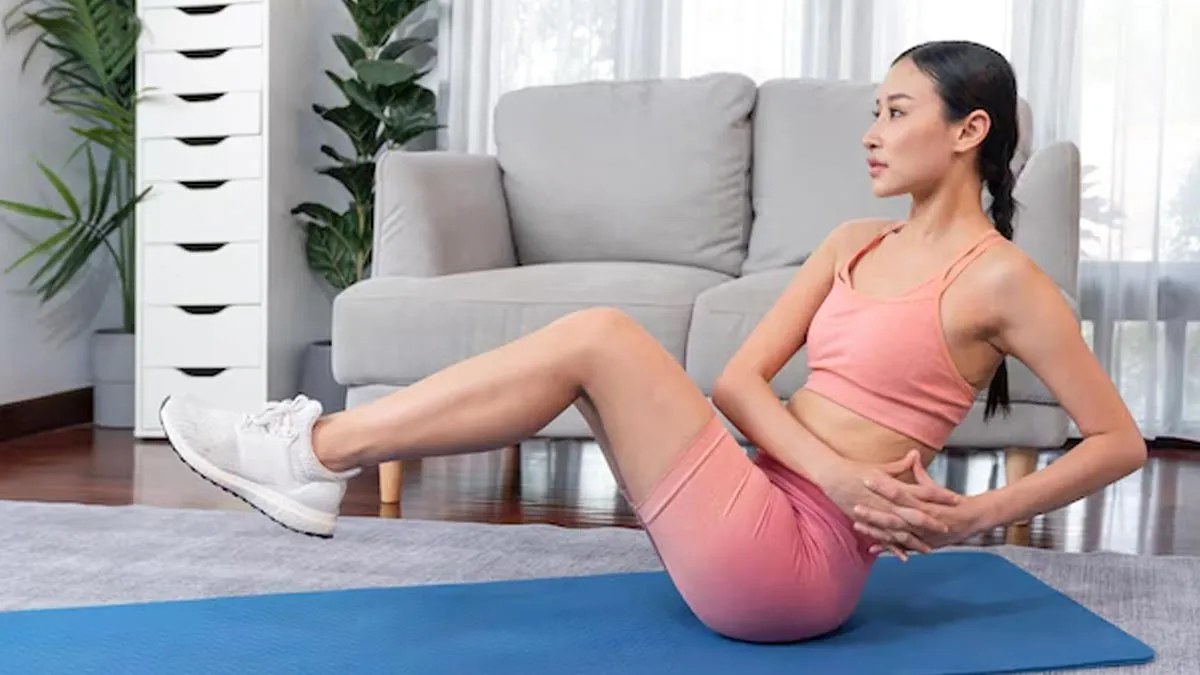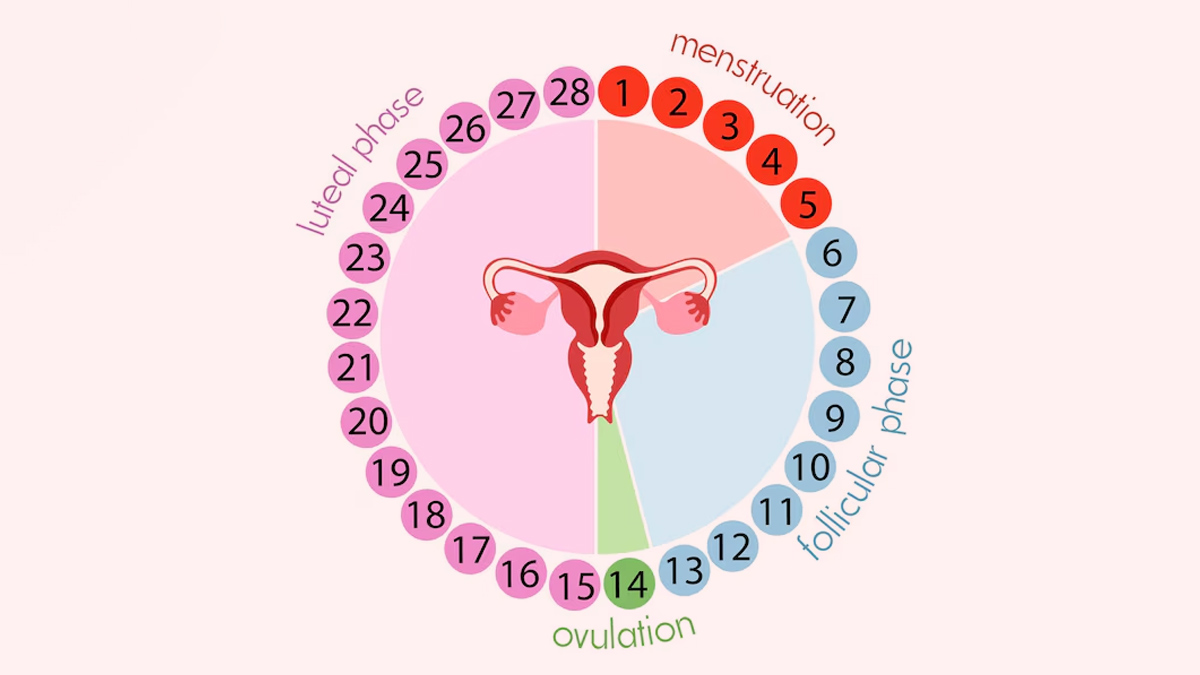
Sometimes, the way your body handles exercise every week has more to do with biology than effort. Your menstrual cycle goes through several stages each month: menstrual, follicular, ovulatory, and luteal, and during each one, hormone levels shift. These changes impact energy, performance, recovery, and the way your body feels.
Table of Content:-
People have started paying attention to how their workouts fit with their cycle. Cycle syncing, a term used to describe this practice, promotes exercise that mirrors the body's natural rhythms, rather than following the same routine every day. This approach can reduce the risk of injury, boost motivation, and support consistency over time.
We spoke to Dr Onkar Swami, Senior Vice President- Medical Services, Alembic Pharmaceuticals Ltd, Mumbai, who explained the process of cycle syncing.
Benefits Of Syncing Workouts With Menstrual Cycle
According to Harvard T.H. Chan School of Public Health, staying active throughout the entire menstrual cycle is important and can bring benefits. Many individuals maintain their fitness and enjoy the benefits, such as enhanced mood, increased strength, and lower health risks.

Menstrual Phase (Days 1 to 5): Slow Down a Bit
This is when your period starts, and both oestrogen and progesterone are low. Many people feel more tired than usual, and some may notice their mood is off. Even tasks that are normally easy become more challenging.
"Rather than intense or lengthy workouts, sometimes it works better to stick with low-impact exercise. A quiet walk, light stretching, or a gentle yoga class can keep you moving without draining your energy. Some people still lift weights or run, but the key is not pushing too hard. Listening to your body here can make the rest of your month go more smoothly," said Dr Swami.
Follicular Phase (Days 1 to 14): Time to Build Momentum
As your period ends, energy tends to pick up due to rising oestrogen. People often feel clearer, lighter, and more motivated in this phase, which makes it easier to stick to workout plans or take on more challenging routines.
This is usually a good time to train harder. Whether it’s resistance workouts, cardio intervals, or longer runs, the body responds well to intensity. Muscles repair faster, and mood tends to improve too. Most people feel capable here, which makes it a great time to chase goals.
Ovulatory Phase (Around Days 14 to 15): Use the Energy, Stay Aware

Around mid-cycle, ovulation takes place. Oestrogen peaks and many people feel stronger and sharper. Coordination often improves, and this might be when you hit a personal best without planning for it.
That said, flexibility increases slightly during this time, especially in the joints. That can raise the chance of injury if the form slips. "While it’s a good moment to push harder, it’s worth staying mindful of how your body is responding. Warm up well and ease into complex movements instead of diving in too quickly," added Dr Swami.
Luteal Phase (Days 16 to 28): Support the Body, Don’t Overdo It
After ovulation, progesterone rises. It is at this time that individuals feel a bit sluggish. Bloating, mood swings, and insomnia can make strenuous exercise more exhausting than normal.
Instead of forcing high-energy sessions, many shift to steady movement, cycling, lighter strength routines, or long walks. Hydration, healthy food, and sleep play a key role. Recovery matters more during this phase, so treating the body gently often pays off later.
Also Read: Feeling Misled by Your Period Tracker? Fertility Specialist Explains the Untold Facts
Why This Approach Matters
Training with your cycle doesn’t mean doing less. It means adjusting based on what your body is already trying to tell you. Many people who adopt this method stay more consistent, feel fewer dips in performance, and are less likely to burn out.
“Although, not everyone notices changes in the same way. Some cycles are regular and predictable, while others vary. If yours is irregular or you’re managing health conditions like Polycystic Ovary Syndrome (PCOS), it’s worth tracking your symptoms and checking in with a healthcare provider if needed. No method is perfect. The goal is to stay aware, adjust when things feel off, and build a routine that works for you long-term,” concluded Dr Swami.
[Disclaimer: This article contains information provided by an expert and is for informational purposes only. Hence, we advise you to consult your professional if you are dealing with any health issue to avoid complications.]
How we keep this article up to date:
We work with experts and keep a close eye on the latest in health and wellness. Whenever there is a new research or helpful information, we update our articles with accurate and useful advice.
Current Version